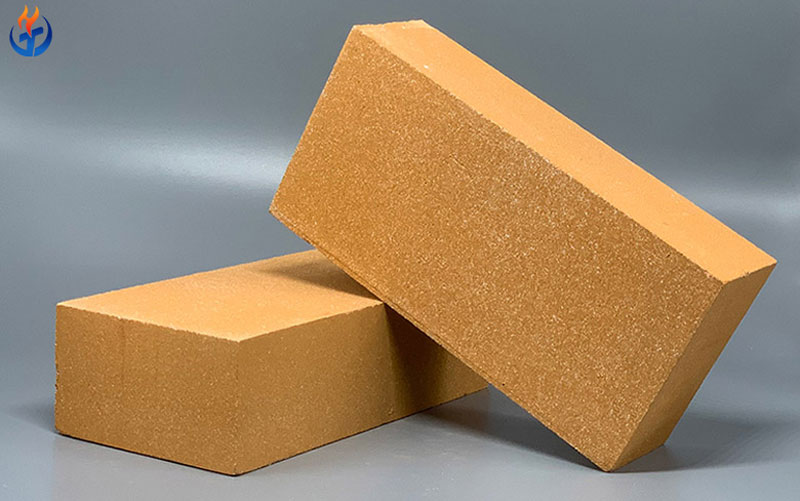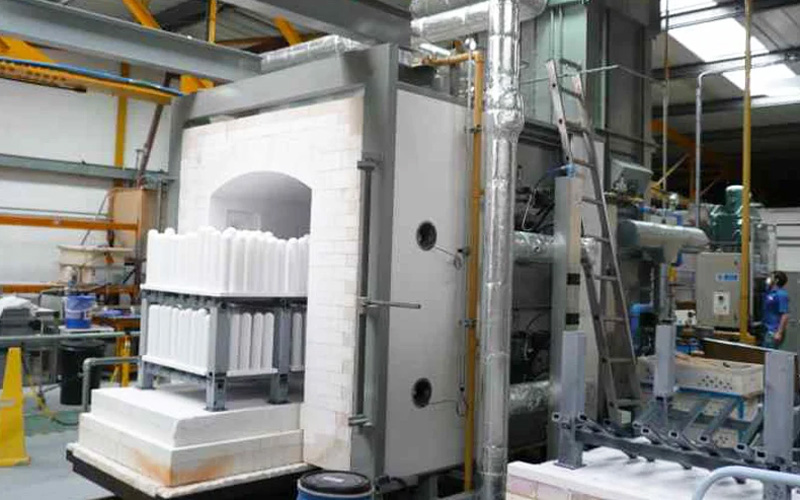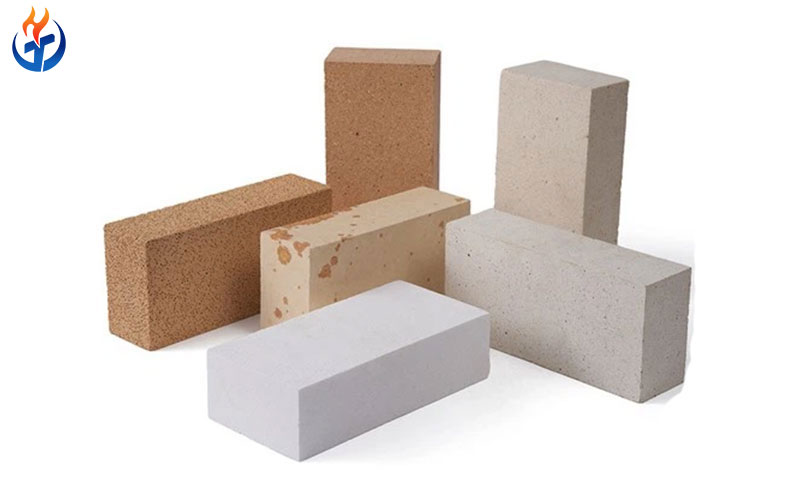When people think of bricks, they often picture the red clay units used to build houses or walls. But there is a special class of bricks designed to withstand extreme conditions—refractory bricks. These heat-resistant blocks are essential in industries where ordinary materials would fail under intense heat, chemical attack, or thermal shock. From towering blast furnaces to backyard pizza ovens, the uses of refractory bricks are vast and varied.

What Makes Refractory Bricks Unique?
Refractory bricks, also called fire bricks, are manufactured from materials such as alumina, silica, magnesia, and other specialized compounds. Their key properties include:
High-Temperature Resistance – They can withstand temperatures ranging from 1,200°C to 1,800°C, depending on composition.
Chemical Stability – They resist corrosion from molten metals, slags, glass, and reactive chemicals.
Thermal Shock Resistance – They endure repeated heating and cooling cycles without cracking.
Mechanical Strength – They maintain structural integrity under heavy loads at high temperatures.
The specific formulation of a refractory brick depends on its application. For example, high-alumina bricks are ideal for steelmaking, while silica-based bricks are used in glass production due to their excellent resistance to acidic slags.
Industrial Uses of Refractory Bricks
1. Steel and Metallurgy Industry
One of the most critical uses of refractory bricks is in steel and metallurgy operations. Furnaces in this sector operate at extreme temperatures—sometimes exceeding 1,500°C—and require lining materials that can handle intense thermal, mechanical, and chemical stress.
Blast Furnaces – Refractory bricks line the walls to protect the furnace shell from molten iron and slag.
Converters and Ladles – These vessels need bricks that resist both heat and corrosive slags during steel refining.
Tundishes – Used for continuous casting, tundishes rely on refractory linings for smooth metal flow and temperature control.
Without quality refractory materials, these processes would suffer frequent shutdowns, equipment damage, and safety hazards.
2. Cement Manufacturing
Cement kilns present a unique challenge. The rotary kilns reach temperatures up to 1,450°C and experience constant abrasion from raw materials like limestone and clinker dust.
Rotary Kiln Linings – Refractory bricks protect the kiln shell from thermal stress and mechanical wear.
Coolers and Preheaters – Fire bricks in these areas help regulate temperature and improve energy efficiency.
Castables – Often used alongside bricks, castables fill irregular areas and provide seamless linings for enhanced durability.
Choosing the right refractory material ensures longer kiln life, reduced maintenance costs, and stable clinker quality.
3. Glass Manufacturing
Glass production is another major sector where uses of refractory bricks are indispensable. Glass furnaces must handle molten glass, which is both chemically aggressive and thermally demanding.
Tank Furnaces and Regenerators – Bricks withstand corrosive vapors while maintaining thermal efficiency.
Working Ends and Forehearths – High-temperature zones where molten glass is conditioned for forming.
The right refractory composition ensures consistent glass quality, prevents contamination, and prolongs furnace service life.
4. Petrochemical and Chemical Industries
Refineries and petrochemical plants operate in highly corrosive environments. Reformers, crackers, and flare stacks expose materials to high heat and aggressive chemical reactions.
Reformer Tubes – Refractory linings protect equipment from carburization and hydrogen attack.
Cracker Furnaces – Fire bricks help maintain stable thermal profiles while resisting hydrocarbon corrosion.
Chimneys and Flare Stacks – Linings prevent heat loss and structural damage under prolonged exposure to hot gases.
In these applications, the combination of thermal resistance and chemical stability is vital for safe and efficient operations.
5. Power Generation
Modern power plants, whether coal-fired or biomass-based, also rely heavily on refractory materials.
Boiler Linings – Bricks protect against high-temperature combustion and slag attack.
Combustion Chambers – They resist thermal cycling and abrasive ash particles.
Failure of refractory linings in power generation can lead to energy inefficiency, higher maintenance costs, and serious safety risks.
6. Foundries and Metal Casting
Foundries operate furnaces and ladles that handle molten metals such as iron, aluminum, and copper. Refractory bricks are used for:
Cupola Furnaces – For melting iron in continuous operations.
Induction Furnaces – Require linings that can handle thermal shocks and slag erosion.
Holding Furnaces – Maintain molten metal at precise temperatures before casting.
Properly selected refractory materials help foundries achieve longer campaign life and reduce downtime for relining.
Beyond Heavy Industry: Everyday Applications
Pizza Ovens and Tandoors
The culinary world provides a surprising example of the uses of refractory bricks. Traditional tandoor ovens and wood-fired pizza ovens depend on fire bricks to retain heat and distribute it evenly. This results in consistent baking temperatures and perfect crusts.
Fireplaces and Barbecues
Residential fireplaces and outdoor barbecues also incorporate fire bricks to ensure safety and durability when exposed to open flames and high heat.
Waste Incinerators
Municipal waste incinerators burn a wide range of materials at high temperatures. Refractory linings protect the chamber walls from corrosive gases and thermal wear, ensuring efficient combustion and extended equipment life.
Refractory Bricks vs. Castables: Complementary Solutions
While shaped refractory bricks remain widely used, castable refractories are gaining popularity. Castables are unshaped materials that can be poured, pumped, or troweled into complex geometries where bricks may be impractical.
Advantages of Bricks – High dimensional accuracy and proven performance in standard designs.
Advantages of Castables – Seamless linings, ease of installation in irregular spaces, and reduced joint failure risks.
In many modern applications, engineers use a combination of bricks and castables to optimize performance, reduce costs, and simplify maintenance.
Final Thoughts
The uses of refractory bricks span across industries and everyday applications, from steel and glass production to pizza ovens and fireplaces. These heat-resistant materials are the unsung heroes of modern engineering, quietly enduring extreme conditions to keep critical processes running smoothly.
Selecting the right refractory brick—and maintaining it properly—can make the difference between a successful operation and costly downtime. Whether in industrial plants or artisan kitchens, refractory bricks remain a cornerstone of high-temperature technology.
Contact us today to get technical recommendations and a free quotation tailored to your furnace type and production scale.
Email: sales@xintairefractory.com
Website: www.xintairefractory.com



